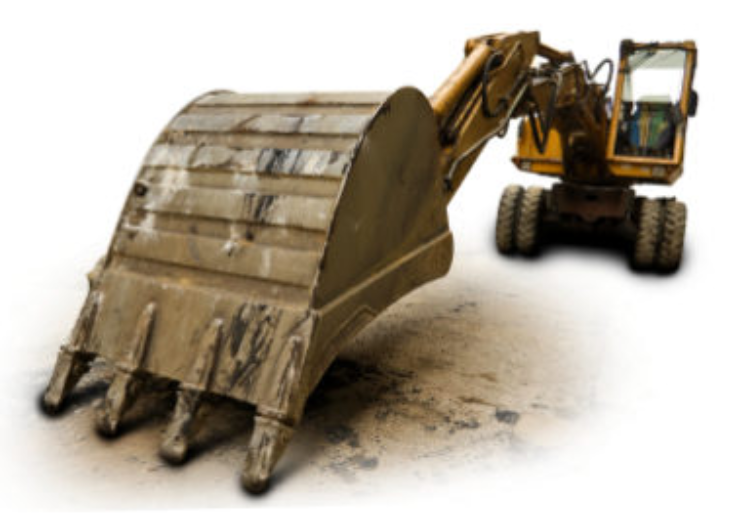Excavations are a common event around contaminated sites as each flash of light signifies. This map shows flashes for each excavations around contaminated sites in New Castle County, Delaware. Try adjusting the map, the date may be adjusted on the slider, and the coverage area adjusted by the zoom control.
You are watching about 3,500 excavation clearances resulting in over 1,000 advisories automatically sent to excavators by Terradex’s DigClean service. Terradex’s client since 2012 is Delaware Department of Natural Resources and Environmental Protection (DNREC). A one minute video overviews how the excavation clearance system can not only protect buried pipelines, but also convey health and safety information to workers about to dig.
Construction excavations threaten remedies, breach institutional controls, create circumstances where contaminated soils are mismanaged, and introduce health hazards to construction workers. The value of DigClean is to bring tangible information to excavators so that they can make timely, smart decisions to control these threats. Avoiding chemical contamination in the field is manageable once DigClean transmits an advisory.
The advisory provides links to general soil management plans, but can also provide a link to a site-specific soil management plan. There are also links to NIOSH Pocket Guide and Agency for Toxic Substances and Disease Registry (ATSDR) Toxic Substances Portal for chemical specific hazard information. The NIOSH Pocket Guide to Chemical Hazards is intended as a source of general industrial hygiene information for workers, employers, and occupational health professionals, while ATSDR provide guidance to non-work related public exposure scenarios. For a spill containing benzene, the respective chemical links in the advisory would include:a NIOSH benzene link and a ATSDR benzene link. An excavator makes an obligatory 811 telephone call to provide 48-hours advance notice of an excavation. The excavator provides the location, description, timing as well as contact information. The excavator’s provided contact information may be a phone, fax or email address. The excavation center upon receiving the incoming notice from the excavator will only forward those excavation notices to Terradex that are near contaminated sites (as mentioned below, the locations of the sites were provided in setup of the program). Terradex provides an additional geographic screening after receiving the incoming notice. For the sites within 50 feet of a contaminated site, an excavation advisory is transmitted to the excavator. The advisory is sent via email, SMS text or fax depending on the contact information originally provided. The excavator is directed to followup with DNREC when there are questions. At the beginning of the DigClean in Delaware, the excavation clearance center was provided with a GIS map prepared by DNREC with the boundaries of contaminated sites. If a extent of contamination was not known, the parcel boundary around the contaminated location is used instead. As DigClean operates, DNREC uses DigClean’s web management console to view the advisories transmitted, and those excavations where based on a distance evaluation an advisory was not transmitted. DNREC can choose to override the distance screening, and send an advisory.
Terradex developed an analysis of California excavations near sites with institutional or engineering controls. The California analysis revealed a correlation between urbanization, the area of the impacted site and the frequency of excavation. This analysis in Delaware complements the California analysis by visually presenting the DigClean service as it expands within Delaware. The DigClean service is also provided to Idaho, West Virginia and California.

